Media Contact:
GS Draft System Solutions
Attn: Media Relations
19 Rancho Circle
Lake Forest, CA 92653
(949) 409-4048
GS Draft Pours Success: Empowering Businesses with Self-Serve Draft Dispensing Technology
 GS Draft offers comprehensive draft beverage system solutions tailored to meet the needs of both emerging and established businesses. They have got it covered whether it’s coffee, kombucha, or any draft beverage. Their focus on using top-notch equipment, carrying out impeccable installations, and providing ongoing maintenance and support services ensures that their custom beverage systems will optimize operations and consistently deliver the high-quality experience that customers demand.
GS Draft offers comprehensive draft beverage system solutions tailored to meet the needs of both emerging and established businesses. They have got it covered whether it’s coffee, kombucha, or any draft beverage. Their focus on using top-notch equipment, carrying out impeccable installations, and providing ongoing maintenance and support services ensures that their custom beverage systems will optimize operations and consistently deliver the high-quality experience that customers demand.
Milford, Connecticut – In today’s fast-paced beverage service industry, customers expect high-quality craft drinks that are delicious and served quickly. As self-serve technology becomes increasingly popular, patrons expect to serve themselves in style and convenience. While businesses are embracing the new age of self-serve technology, launching this new beverage service can be challenging.
Choosing the right self-serve system that meets their needs while staying within budget is a common balancing act. Once a business has identified its desired self-serve draft beverage system, implementing and managing this technology can be an arduous task in and of itself.
This is why many businesses see the benefits of working with a beverage dispensing company that handles everything under one roof. This includes design, custom beverage systems, installation, repairs, and everything related to beverage dispensing.
Working with just one company is a big advantage in keeping projects on schedule and achieving the best outcome. Businesses have reported that working with three to four different companies on one self-serve draft beverage system can be stressful and cumbersome, to say the least. Imagine juggling multiple vendors—keeping schedules aligned and managing communication can be overwhelming for any business.
For businesses wanting to add a self-serve beverage system for added revenue, a streamlined experience is key. Dealing with a single company like GS Draft simplifies the entire process. Customers have a one-stop shop from design to custom beverage systems and installation. This is especially advantageous for new businesses, who often grapple with the complexities of starting up. Established businesses also appreciate the convenience.
GS Draft’s experts handle equipment and installation details seamlessly. Customers don’t need to shop around or decipher technicalities. A knowledgeable partner ensures the project stays on track and delivers the best possible outcome. Working with just one company minimizes coordination challenges. GS Draft’s all-inclusive approach keeps everything synchronized reducing the time and coordination for its customers.
GS Draft’s products are transforming the beverage service across various sectors by enhancing efficiency, minimizing labor costs, and maximizing revenue. They assist companies in improving their beverage service every step of the way. An excellent instance of this is 8 Thousand Pizza, situated at 1201 Boston Post Road #2012 in Milford, Connecticut. The restaurant offers a broad variety of food items, including pizza, wings, and an extensive range of draft beverages.
What sets it apart is its 34 self-serve tap wall that enables customers to sample draft beverages at their leisure. Upon check-in at the front desk, customers can show their ID and receive a wristband to access the self-serve wall, making it easy and convenient for them to serve themselves.
In summary, 8 Thousand Pizza exemplifies what customers seek, which is convenience and ease at its finest. The owner, Skye Kwok, said, “GS Draft is among only a few national companies that offer everything under one roof, including custom design, installation services, high-tech equipment, maintenance, and service.”
During a recent interview, Connecticut resident John O’Connell, GS Draft’s Executive VP and Co-Founder, commented, “Our draft systems are meticulously engineered to balance pressures and temperatures, guaranteeing that each beverage is served at its optimal condition. GS Draft delivers excellence in every pour.”
GS Draft installed Frictionless Self-Serve TapWalls™ recently at the Gillette Stadium, and they also installed the bottom-filling ReverseTap Smart Dispensers in MGM Springfield.
GS Draft’s product line-up consists of the following:
– Frictionless Self-Serve TapWalls™
– ReverseTap Smart Dispensers
– Self-Serve Tap Walls and Kiosks
– QuickTap Fast Dispensing
– Custom Long Draw and Direct Draw High-Quality Draft Systems
For complete information, visit: https://www.gsdraft.com/
 Press Forward’s first open call will address the longstanding inequalities in journalism coverage and practice in the U.S., by investing in small, local newsrooms that provide original reporting in underserved communities.
Press Forward’s first open call will address the longstanding inequalities in journalism coverage and practice in the U.S., by investing in small, local newsrooms that provide original reporting in underserved communities.

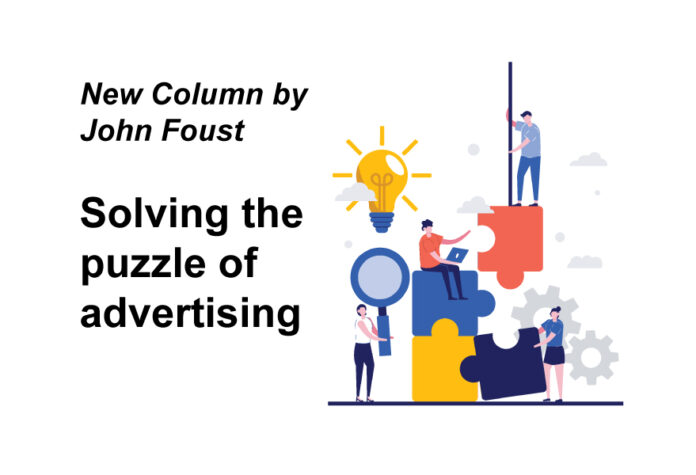
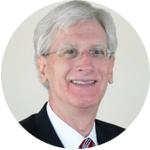
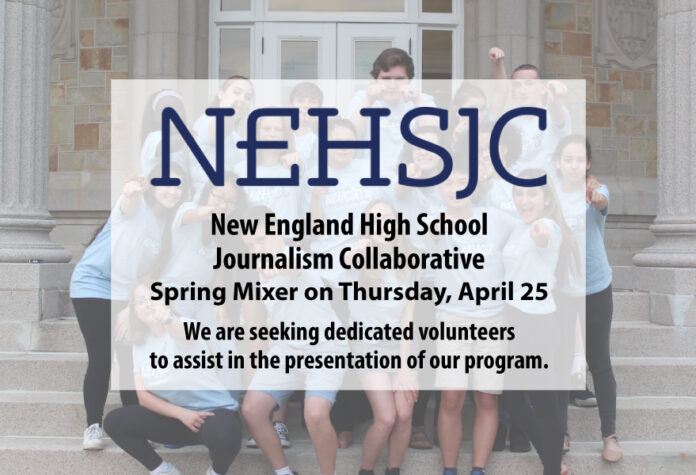
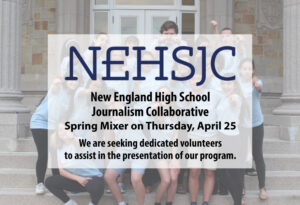 The New England High School Journalism Collaborative is currently seeking dedicated volunteers to assist in the presentation of our program.
The New England High School Journalism Collaborative is currently seeking dedicated volunteers to assist in the presentation of our program.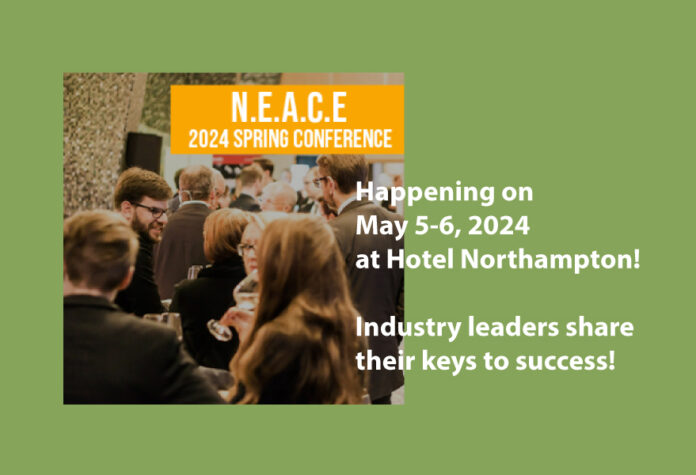
 The NorthEast Association of Communication Executives (NEACE) will hold its spring conference on May 5-6 at the Hotel Northampton in Northampton, MA. The event will be a two-day (Sunday and Monday) in-person conference to accommodate everyone’s busy schedules. Conference registration and sponsorship opportunities are available now. A complete conference agenda, speaker bios, and registration info is available at
The NorthEast Association of Communication Executives (NEACE) will hold its spring conference on May 5-6 at the Hotel Northampton in Northampton, MA. The event will be a two-day (Sunday and Monday) in-person conference to accommodate everyone’s busy schedules. Conference registration and sponsorship opportunities are available now. A complete conference agenda, speaker bios, and registration info is available at 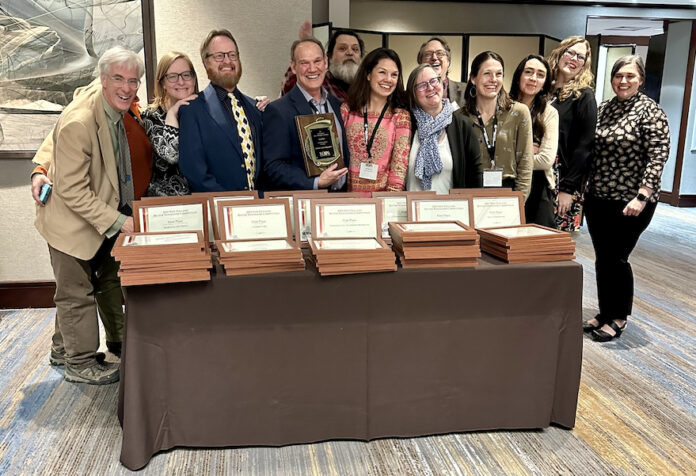
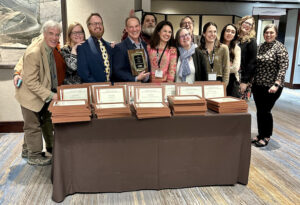
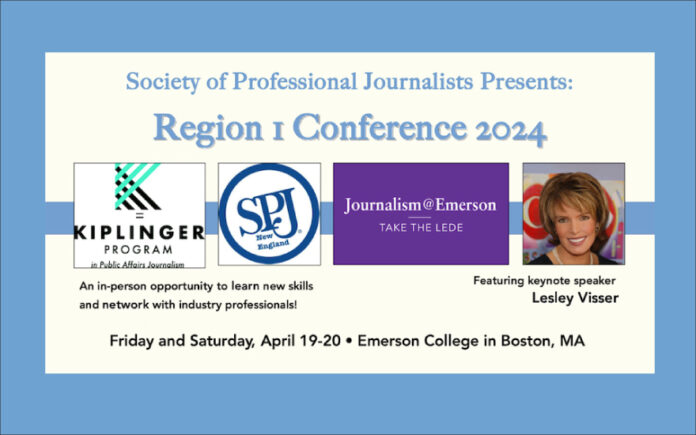
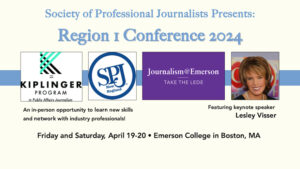 My name is Adam Sennott, I’m the president of the New England chapter of the Society of Professional Journalists. SPJ-NE is hosting the organization’s Region 1 conference on April 19-20. Please, join us for an exciting in-person event at Emerson College on Boylston Street, in the heart of Boston, MA!
My name is Adam Sennott, I’m the president of the New England chapter of the Society of Professional Journalists. SPJ-NE is hosting the organization’s Region 1 conference on April 19-20. Please, join us for an exciting in-person event at Emerson College on Boylston Street, in the heart of Boston, MA!
 Agawam, MA — Cooler Communities, a
Agawam, MA — Cooler Communities, a  GS Draft offers comprehensive draft beverage system solutions tailored to meet the needs of both emerging and established businesses. They have got it covered whether it’s coffee, kombucha, or any draft beverage. Their focus on using top-notch equipment, carrying out impeccable installations, and providing ongoing maintenance and support services ensures that their custom beverage systems will optimize operations and consistently deliver the high-quality experience that customers demand.
GS Draft offers comprehensive draft beverage system solutions tailored to meet the needs of both emerging and established businesses. They have got it covered whether it’s coffee, kombucha, or any draft beverage. Their focus on using top-notch equipment, carrying out impeccable installations, and providing ongoing maintenance and support services ensures that their custom beverage systems will optimize operations and consistently deliver the high-quality experience that customers demand.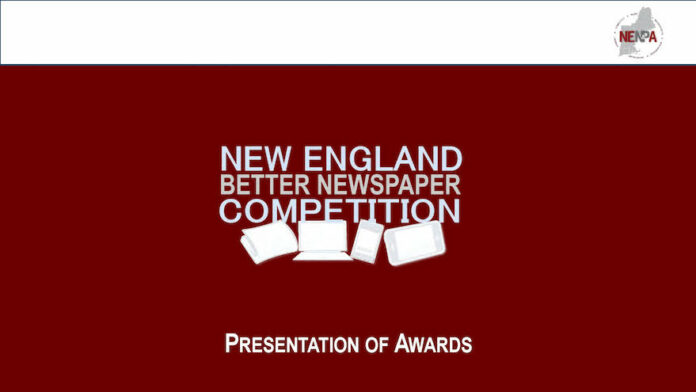
NEFAC Seeks Nominations for 14th Annual New England First Amendment Awards
The New England First Amendment Coalition is seeking nominations for its 2024 Michael Donoghue Freedom of Information Award and its Antonia Orfield Citizenship Award.
The FOI Award is given each year to a New England journalist or team of journalists for a body of work from the previous calendar year that protects or advances the public’s right to know under federal or state law. Preference is given to those who overcome significant official resistance.
Nomination form here.
The Antonia Orfield Citizenship Award is given to an individual from one of the six New England states who has fought for information crucial to the public’s understanding of its community or what its government is doing — or not doing — on its behalf. The candidate should have shown tenacity or bravery in the face of difficulty while obtaining information that the public has a right to know.
Nomination form here.
The deadline for both award submissions is May 15, 2024.
The award will be presented at NEFAC’s 14th annual New England First Amendment Awards. This year’s ceremony is a private invitation-only event in Boston this June.
Also to be presented at the ceremony are the Stephen Hamblett First Amendment Award.
The Stephen Hamblett First Amendment Award, named after the late publisher of The Providence Journal, is given to an individual who has promoted, defended, or advocated for the First Amendment.
For more information click here.